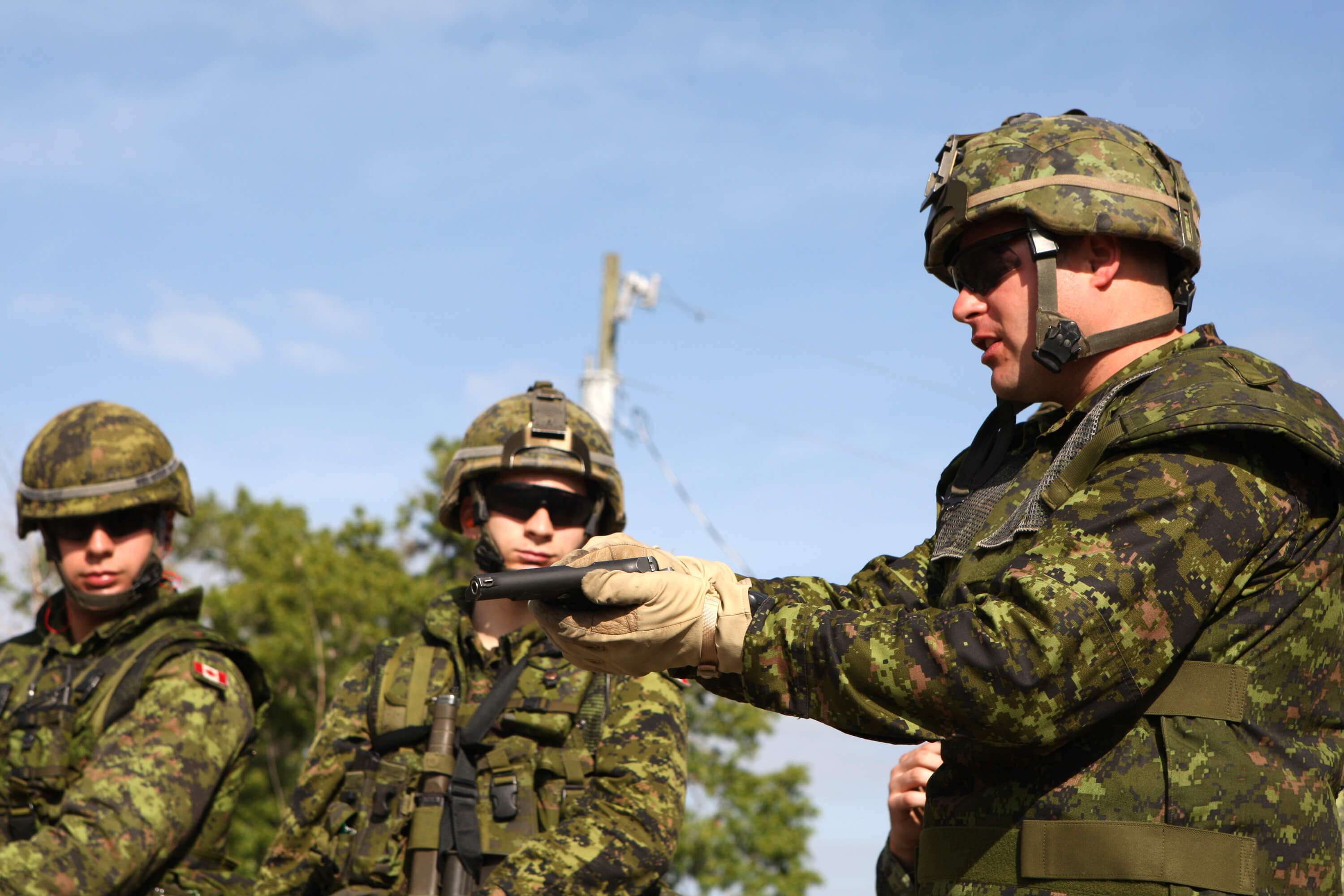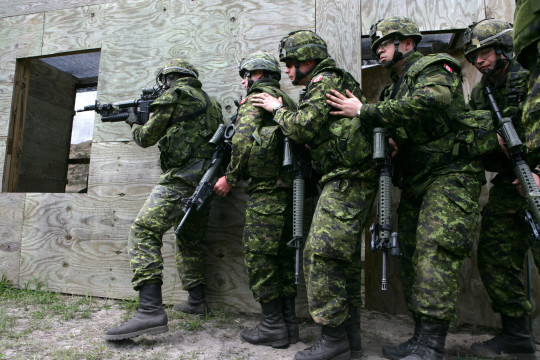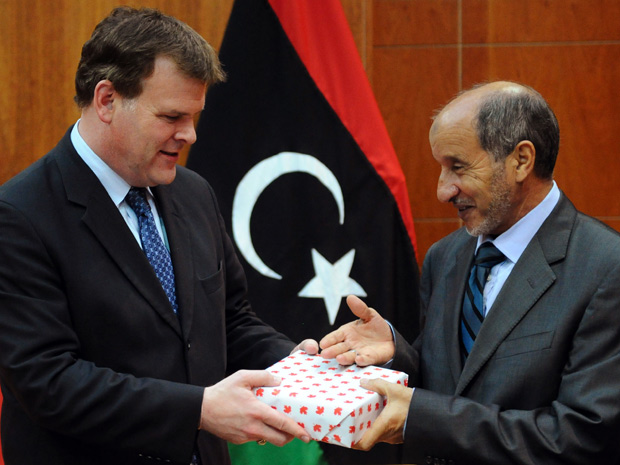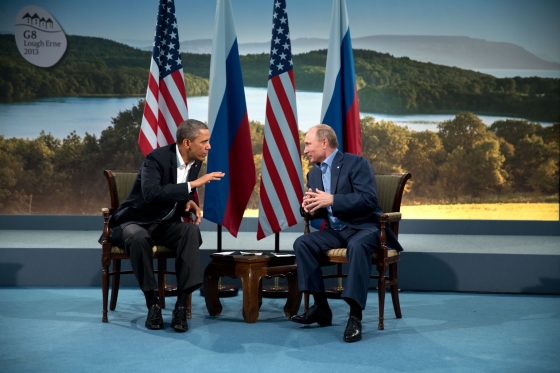The 2006 Canada First Defence Plan (CFDP) is a detailed road map for the modernization of the Canadian Armed Forces (CAF), and was to be accomplished through an extensive analysis of CAF capability requirements and lessons learned in theatres such as Afghanistan, Iraq and Syria. According to the Department of National Defence (DND), the plan’s goal was to produce a “first class, modern military that is well trained, well equipped and ready to take on the challenges of the 21st century”.
The DND envisaged numerous scenarios that a future defence strategy would have to address. The decade after the Cold War saw numerous cutbacks and lapsed procurement programs. These ultimately left the CAF with dangerous capability and funding gaps in the face of new threats such as ethnic fragmentation in former Yugoslavia, failed states in Africa, and the growth of Islamist insurgencies in the Middle East. On the home front, the CAF also needs to be prepared to step in when natural disasters or security incidents overwhelm local capabilities. A changing and more accessible Arctic has also introduced a new theatre, while asymmetrical threat developments in home grown terror and cyber-attacks require new policies and capabilities to defend against. Learning from co-operative military and humanitarian operations in the Middle East. The CFDP also highlights the importance of the CAF becoming a multi-role, fully integrated and flexible military that would work in partnership with the civilian government, applying the lessons learned over the past two decades.
The CFDP laid out three major roles for the CAF, to be able to “deliver excellence at home, be a strong and reliable partner in the defence of North America, and project leadership abroad by making meaningful contributions to international security.”
Firstly, the CAF needs the proper capabilities and leadership to ensure the security of Canadian citizens and Canadian territory. This means being on hand for domestic crises such as earthquakes and floods, maintaining crisis response readiness within Canadian Reserve units, and deploying search and rescue teams as required. It also covers working with federal agencies to ensure constant monitoring and security of Canadian air, land and maritime territory, and responding appropriately to domestic terrorist flashpoints.
Secondly, the CAF will share mutual responsibility with US political and military leadership, specifically US Northern Command in pursuit of shared defensive or civilian emergency crises. As a full North American Aerospace Defence Command (NORAD) partner since 1956, the CAF will continue to fully contribute to the defence of North America, including early warning, detection and interception in maritime, air and land vectors. The CAF will also place a priority on interoperability in doctrine and equipment with the US, and continue with join training exercises and personnel exchanges.
Thirdly, the CAF will project leadership internationally and contribute in multilateral UN and NATO peace and security missions. Canada remains heavily invested in the globalized trade network, and requires that the CAF retain the full spectrum of intervention capabilities, from humanitarian assistance to combat enforcement operations.
Lessons learned from Afghanistan that contributed to the CFDP are also threefold. Firstly, the lack of combat ready personnel available at the outset of the CAF’s contributions to the International Security Assistance Force (ISAF) emphasized the value of constant training and readiness programs. Secondly, capability gaps left the CAF reliant on other ISAF members for specialized equipment and training, particularly for attack helicopters, global transportation and joint command units. Thirdly, the complex demands of reconstruction, nation building and counter-insurgency campaigns showed the value of working closely with ISAF and regional allies.
Fiscally, the CFDP laid down a long term strategy, beginning in the 2008-2009 spending cycle and continuing on to 2027-2028. With a total budget of CAD $490 billion, the financial breakdown goes as follows.
Personnel receives the lion’s share of 51%, or $250 billion, with the majority of the money going towards increasing the CAF to 70,000 regular and 30,000 reservists by 2028. The next largest share, $140 billion or 29%, goes towards CAF readiness programs in maintenance, training and spare parts, aimed at preparing for long term international deployments. Previous defence procurements such as the C-17 Globemaster and C-130J Hercules claimed $15 billion, or 3%, while new procurement projects receive $20 billion, or 4%. The CFDP places emphasis on plugging capability gaps within the CAF, with future, long term procurement focused on new destroyers and frigates, maritime patrol aircraft, fixed wing search and rescue aircraft, new land combat vehicle upgrades, and the ambitious new fighter jet program. Infrastructure received $40 billion, or 8%, and is slated to go towards much needed repair and retrofitting projects of Canada’s aging military bases, as well as new bases in the Arctic. Finally, small programs aimed at retrofitting small arms and communications equipment will claim the remaining $25 billion, or 5%, of the budget.
The effectiveness and impact that the CFPD has had since its inception will be analyzed in the second half of this article, to be published in early October 2015.





